Blog
Helpful Reading Strategies: High Frequency Words
- January 26, 2015
- Category: Grade 1, School News, Senior Kindergarten
Let's face it, the English language is tricky! Here are some really helpful reading strategies for parents to try with their little readers.
Why learn to read words on sight?
Researcher shows that learning just 13 of the most frequently used words will enable children to read 25% of any text. Learning 100 high frequency words gives a beginner reader access to 50% of virtually any text, whether a children's book or a newspaper report. When you couple sight recognition of common and tricky words with knowledge of phonics, that's when a child's reading can really take off… Try at home! - Use this link to Sparklebox to access attractive printables.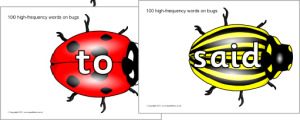 Ideas for games to play with the flashcards
Ideas for games to play with the flashcards
Print two copies of the words, using two different colours of paper, and cut out the word cards. The first thing you need to do is to limit the number of word cards you use at any one time. For a 4-5 year old, no more than 6 words will avoid overloading them (4 might be even better). Hide the rest away for another day.
Simple matching game:
Not so much a game this one, as there is no winner, but many young children seem to enjoy straightforward matching activities without the need for any competitiveness! Spread out six cards of one colour (face up), reading each word out as you put it down. Then give your child the matching cards in the other colour. Read out the first word for them and ask them if they can find the matching word and place their card next to it. It can help to hold the card next to each word in turn to enable easy matching. You can encourage them and emphasise the word, e.g. "This word is 'and' - does that one say 'and'? No, let's try this one. Is it 'and'?" etc.
Pelmanism Memory Game:
Spread out your two sets of matching cards, face down. Take turns to pick up two cards, one of each colour. Read each word as you or your child turns it over. Check whether the words match - if they do, keep them and have another go. If they don't, put them back face down and let the other player have a turn. Soon, your child will begin to read the words without you.Snap!
Shuffle up the cards and share them out. Each player takes turns to turn over their card, put it down and read the word. If it matches the previous card played, the first person to notice shouts 'snap!' and wins the pile. This game is best used to practise words your child knows fairly well, rather than new ones, as it's quite fast-paced. Once your child knows a word reliably, you can 'retire' it from your current pack of cards and bring in a new word. Every so often, play a game with the 'retired' cards, so that your child doesn't forget them. It's a good idea to try and discard an known word and add a new word every day, once your child is getting the hang of learning new words.Make your own Flashcards:
Phase 2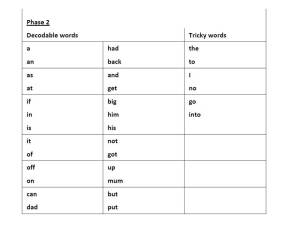 Phase 3
Phase 3
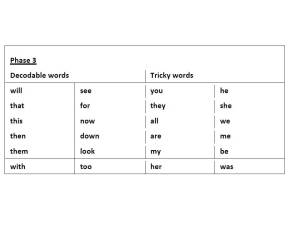 Phase 4
Phase 4
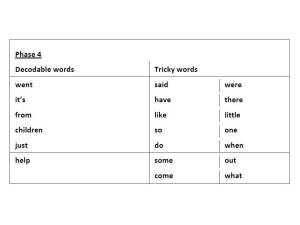 Phase 5
Note that some of the words that were tricky in earlier phases become fully decodable in Phase 5
Phase 5
Note that some of the words that were tricky in earlier phases become fully decodable in Phase 5
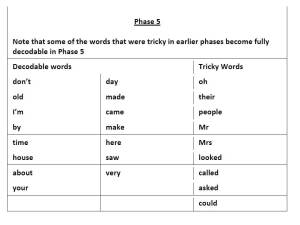 These helpful reading strategies will hopefully create a fun reading experience for you and your child!
Mrs Hinks 🙂
Principal, The International School of the Turks and Caicos islands
These helpful reading strategies will hopefully create a fun reading experience for you and your child!
Mrs Hinks 🙂
Principal, The International School of the Turks and Caicos islands 
